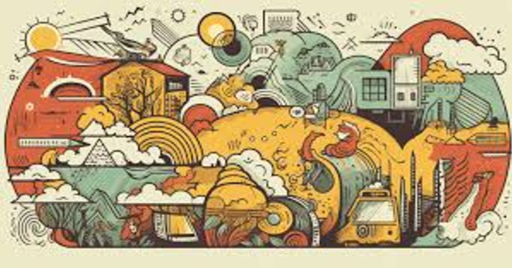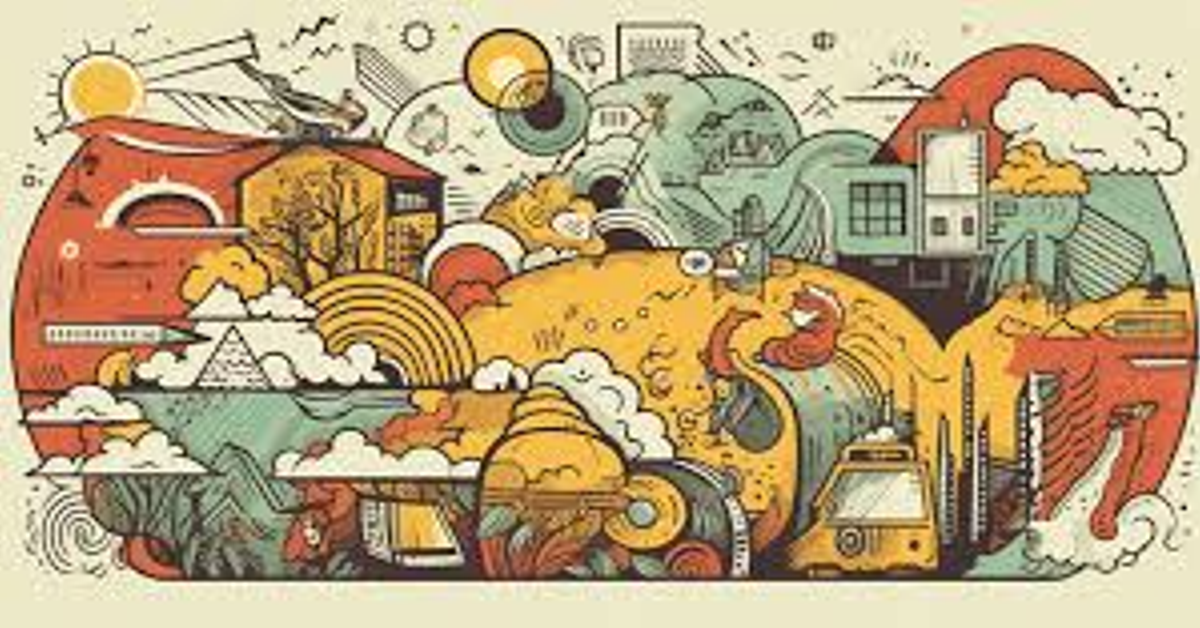In the realm of design, captivating visuals are only part of the equation. Behind every great design lies a compelling story waiting to be told. Visual storytelling is an art form that combines imagery, typography, and narrative to evoke emotion, convey messages, and engage audiences. In this blog, we’ll delve into the fundamentals of visual storytelling and explore how it can elevate your design work to new heights.
Understanding Visual Storytelling
Visual storytelling is the practice of using images, graphics, and design elements to convey a narrative or message. Just like traditional storytelling, it involves a beginning, middle, and end, guiding the viewer through a journey. Whether it’s a website, an advertisement, or an infographic, visual storytelling has the power to captivate attention and leave a lasting impression.
The Elements of Visual Storytelling
- Visual Hierarchy: Establishing a clear visual hierarchy helps guide the viewer’s eye through the design. Use size, color, contrast, and positioning to emphasize key elements and create a sense of flow.
- Character and Setting: Every story needs characters and a setting to come to life. In visual design, characters could be people, animals, or even objects, while the setting provides context and atmosphere.
- Plot and Conflict: A compelling story often revolves around a central conflict or tension. In design, this could be represented through contrasting elements, such as light and dark, smooth and rough, or order and chaos.
- Emotion and Mood: Visuals have the power to evoke emotions and set the mood. Consider the emotional response you want to elicit from your audience and choose colors, imagery, and typography accordingly.
- Narrative Flow: Just like in a written story, visual narratives should have a logical flow that guides the viewer from one point to the next. Pay attention to the sequence of information and how each element connects to the next.
Tips for Mastering Visual Storytelling
- Use Metaphors and Symbols: Metaphors and symbols can convey complex ideas in a simple and memorable way. Incorporate them thoughtfully to enhance your story.
- Create Visual Contrast: Contrast helps in highlighting key elements and adding visual interest. Experiment with contrast in color, shape, size, and texture to make your visuals pop.
- Utilize Space: Negative space is as important as the elements in your design. Use space strategically to create balance and guide the viewer’s focus.
- Tell a Sequential Story: If your design allows, tell a sequential story that unfolds as the user interacts with it. This adds an interactive element to your design and keeps users engaged.
- Test and Iterate: Test your designs with real users and gather feedback. Use this feedback to iterate and improve your storytelling approach.
Storytelling is a powerful tool that can elevate your work from good to outstanding. By mastering the art of visual storytelling, you can create designs that not only look great but also resonate with your audience on a deeper level. Remember, every design tells a story—make yours worth remembering.







